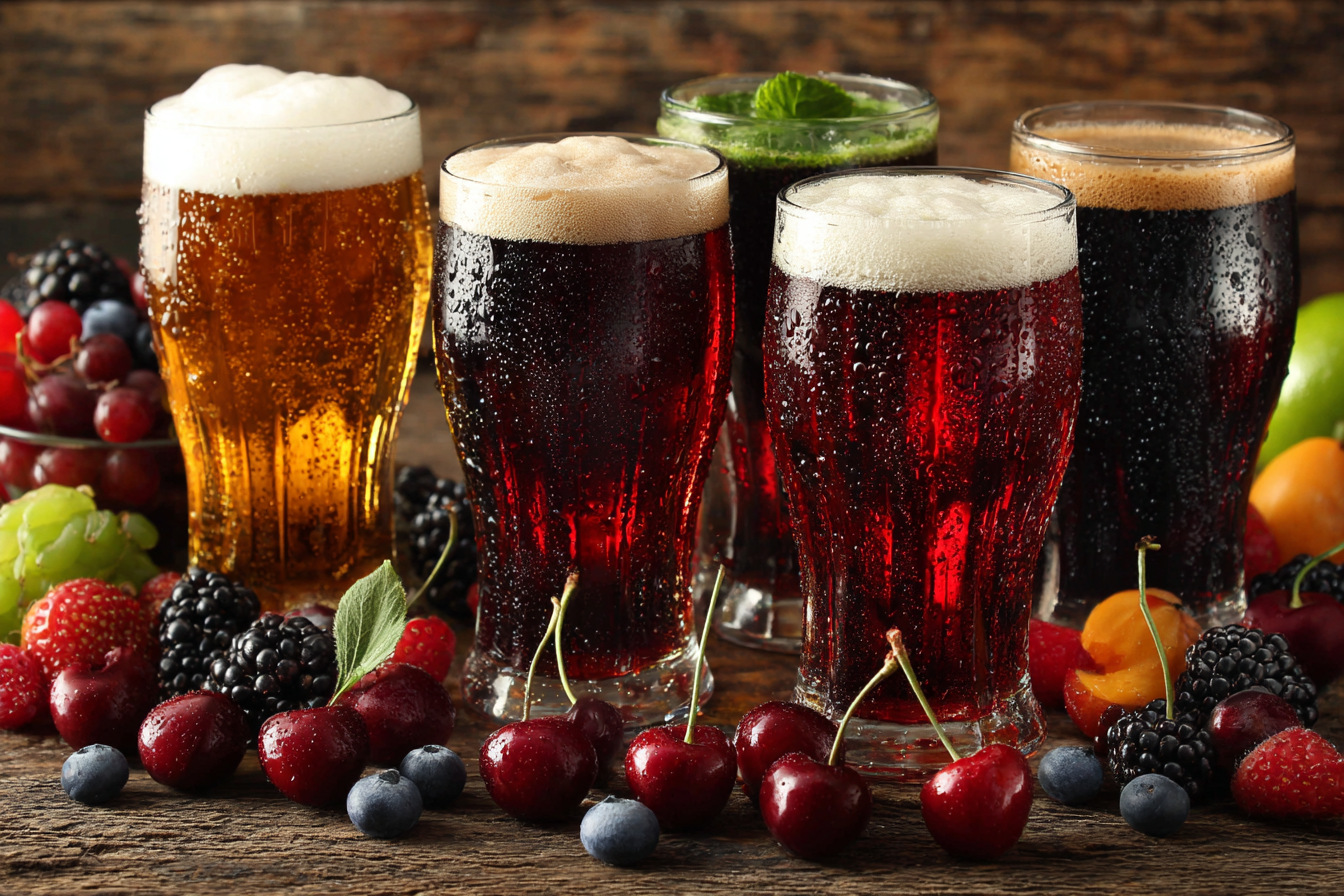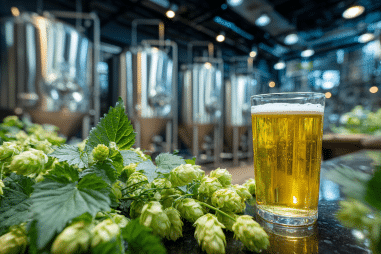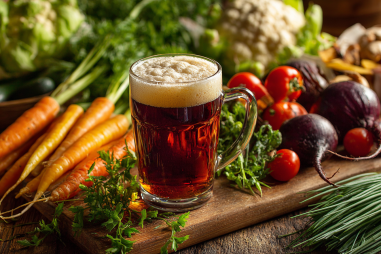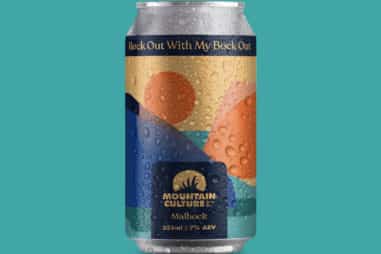Fruit beers have carved out a special niche in the world of craft brewing, delighting beer lovers who crave something beyond the traditional malt and hop profile. By incorporating natural fruit flavors, brewers create vibrant, refreshing, and often complex beers that balance sweetness, tartness, and bitterness in unique and enjoyable ways. Whether you’re a seasoned beer enthusiast or just beginning your exploration, fruit beers offer a range of styles that can suit almost any palate. Let’s dive into the diverse world of fruit beer styles and discover what makes each one special.
Common Fruit Additions in Beer
When it comes to fruit beers, the variety of fruits used is as vast as the styles themselves. Brewers can choose from fresh fruits, purees, juices, or even dried fruits to impart distinctive aromas and flavors. Some of the most popular fruit additions include:
- Cherries: Perhaps the most iconic fruit in beer, cherries lend a tart and sometimes sweet character, often found in Lambics and sour beers.
- Raspberries: Known for their bright color and tangy flavor, raspberries add a refreshing sharpness.
- Blueberries: These give a subtle sweetness and a deep color, suited for lighter beer bases.
- Peaches and Apricots: These stone fruits bring a delicate sweetness and aromatic qualities, often enhancing wheat beers.
- Blackberries: Offering a slightly earthy sweetness with a hint of tartness, blackberries add depth to many beer styles.
- Citrus fruits: Oranges, lemons, and grapefruits contribute bright, zesty notes, frequently seen in wheat or sour beers.
- Apples and Pears: These fruits add crisp, refreshing, and sometimes slightly sweet flavors that complement lighter beers.
The method and timing of fruit addition also greatly affect the final flavor. Brewers might add fruit during fermentation to allow the yeast to interact with the sugars or add it afterward to preserve freshness.
Lambics and Their Fruit Variations
Lambic beers are a fascinating category when it comes to fruit additions. Originating from the Pajottenland region of Belgium, Lambics are spontaneously fermented beers characterized by their funky, sour profile, created through wild yeast and bacteria present in the local environment. Their unique production process lends itself perfectly to the addition of fruit, creating some of the most celebrated fruit beer styles worldwide.
Famous fruit Lambics include:
- Kriek: This classic Lambic is brewed with whole cherries or cherry juice, resulting in a deep red beer with strong tart and fruity notes layered over the Lambic’s sour base. The natural sugars from the cherries often balance the acidity.
- Framboise: Brewed with raspberries, Framboise is a vivid pink or red beer bursting with raspberry aroma and a tangy, slightly sweet finish.
- Peche: A Lambic made with peaches, offering a delicate balance of peach sweetness and the sourness of wild fermentation.
These fruit Lambics are traditionally aged after the fruit addition, allowing the flavors to meld and mature. The result is a complex, refreshing beer with layers of tartness, sweetness, and funkiness unlike any other.
Wheat Beers with Fruit Infusions
Wheat beers naturally provide an excellent canvas for fruit additions thanks to their light, often slightly sweet and yeasty character. Styles like Hefeweizens and Witbiers from Germany and Belgium are particularly popular for fruit infusions because their fruity esters blend harmoniously with real fruit.
Some common fruit-infused wheat beers include:
- Hefeweizen with Orange Peel or Citrus: The natural banana and clove flavors of Hefeweizens complement and balance the bright, zesty notes of orange or lemon peel.
- Witbier with Coriander and Orange Peel: While technically a spice addition, this traditional Belgian style sometimes gets enhanced with fresh fruit purées like raspberry or cherry for added complexity and color.
- Blueberry Wheat Beer: Blueberries add a mild sweetness and an appealing purple hue to wheat beers, making them favorites during summer months.
Fruit-infused wheat beers are often lighter in alcohol and highly refreshing, making them popular choices for those new to craft beer or for hot weather drinking.
Sour Fruit Beers Explained
Sour beers have grown in popularity over recent years, and fruit often plays a starring role in these styles. Sour beers are characterized by their intentionally tart, acidic flavor profiles, achieved through various fermentation methods involving wild yeasts and bacteria such as Lactobacillus and Brettanomyces.
Adding fruit to sour beers enhances the natural tartness and introduces fruity sweetness, creating a dynamic flavor experience. Here are a few popular styles:
- Berliner Weisse with Fruit: This German-style sour wheat beer is light and effervescent, often served with fruit syrups like raspberry (known as “Himbeersirup”) or woodruff to add color and flavor.
- Gose with Fruit: A slightly salty, coriander-spiced sour beer, Gose pairs well with additions like watermelon, peach, or cherry to balance its unique taste.
- American Wild Ales: Many craft brewers in the U.S. create sour ales using mixed fermentation, adding fruits such as blackberries or apricots for complexity and depth.
Fruit sour beers offer an exciting combination of tart, sweet, and funky flavors, often finished with a crisp acidity that refreshes the palate.
Seasonal Fruit Beers You Should Try
Many breweries craft seasonal fruit beers to highlight fresh, in-season produce, creating limited-release brews that showcase the best flavors of the harvest. Some examples include:
- Strawberry Ale in Spring/Summer: Celebrating fresh strawberries, these beers have a light sweetness that’s perfect for warm weather.
- Pumpkin and Apple Beers in Fall: Apples, often combined with traditional fall spices, bring a crisp sweetness to autumn beers. Pumpkin beers may also include fruit additions like cranberry for tartness.
- Cranberry Beers in Winter: With their bright red color and tart profile, cranberry beers provide a festive option during winter holidays.
Seasonal fruit beers allow drinkers to experience the changing flavors of the year and connect with local agriculture. They’re often fresh, limited in supply, and crafted with care by breweries focusing on quality and regionality.
Pairing Fruit Beer Styles with Food
One of the joys of fruit beers is their versatility in food pairings. Depending on their flavor profile—whether tart, sweet, or funky—they can complement a wide array of dishes. Here are some pairing ideas based on fruit beer styles:
- Lambics (Kriek, Framboise): Perfect with rich cheeses like triple cream brie or blue cheese, as well as desserts featuring dark chocolate or cherries.
- Fruit Wheat Beers: Their light body and citrus notes work well with seafood, salads, grilled chicken, or mild cheeses.
- Sour Fruit Beers: Try these with spicy dishes such as Thai or Mexican cuisine to balance heat, or with charcuterie boards to offset salty and fatty flavors.
- Seasonal Fruit Beers: Match sweetness and spice levels by pairing pumpkin beers with roasted root vegetables or apple beers with pork dishes.
Experimenting with fruit beer pairings is a great way to enhance your tasting experience and discover new favorite combinations.
Finding Your Favorite Fruit Beer Style
Exploring fruit beers is a delightful journey through diverse tastes, aromas, and textures. Whether you prefer the wild fermentation and complex tartness of a Lambic, the refreshing zestiness of a fruit wheat beer, or the puckering sharpness of a sour ale, there’s a fruit beer style out there for you.
To start finding your favorites, consider visiting local craft breweries or beer festivals where you can sample different styles side by side. Pay attention to how the fruit is used—whether it provides subtle background notes or takes center stage. Take notes on the flavors you enjoy most, and don’t hesitate to ask brewers or beer experts for recommendations.
Ultimately, fruit beers add another exciting dimension to the beer world, allowing for endless creativity and enjoyment. So grab a chilled bottle or glass of fruit-infused brew, and savor the vibrant flavors that make these beers so irresistible.







